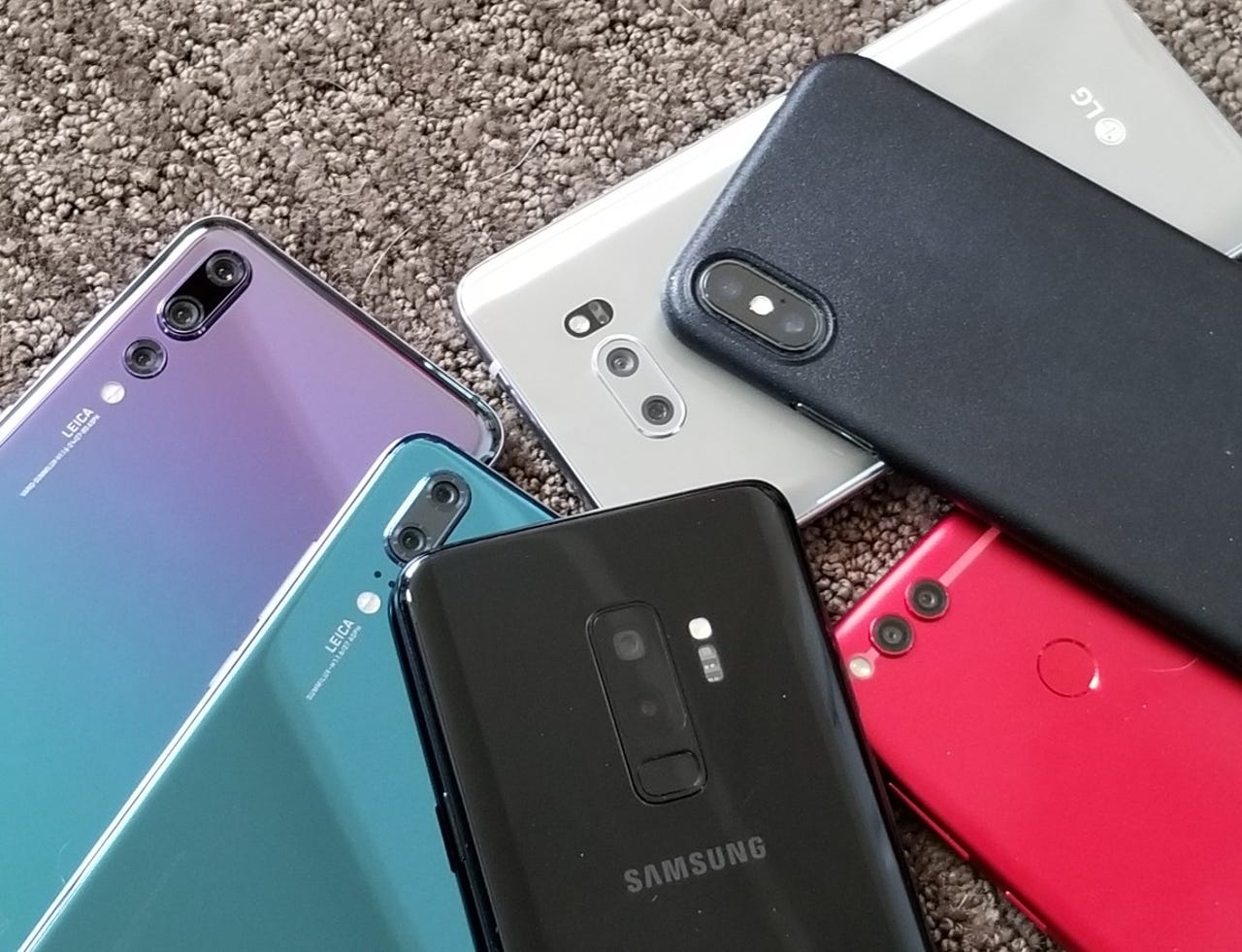Capture your best shot with smartphone dual cameras


Most smartphones now have two rear cameras
HTC introduced us to dual cameras back in 2011 with the HTC Evo 3D. It then used a minimally speced secondary camera to capture depth data with the HTC One M8 in 2014. In 2016, we saw Apple implement a second camera and since then have seen continuous improvements in the use of dual rear cameras on smartphones.
As I detailed about 18 months ago, manufacturers use the dual rear camera setup in a few different ways. Options include zoom capability with a telephoto lens, a monochrome lens that provides enhanced details, and a wide-angle lens to capture more within your field of view. A few even have an extra lens just to capture depth data for portrait mode support. These extra cameras also may have advanced low-light capability to improve shots taken in dark environments.
Huawei has a 20 megapixel monochrome lens
The most advanced current camera setup is currently found in the Huawei P20 Pro that has three cameras with a total of 68 megapixels. There is a RGB 40 megapixel lens, a 20 megapixel monochrome lens, and an 8 megapixel 3x optical zoom lens. With this combination you get 3x optical zoom, hybrid 5x zoom, portrait support, monochrome modes, and more.
With the P20 and P20 Pro, Huawei not only gives you monochrome support with the second camera, but gives you some options within monochrome mode.
5X hybrid zoom on the P20 Pro
Apple, Huawei, Samsung, and others often include a telephoto option with dual cameras so you can zoom into your subject from further away. Most have two or three times optical support, but Huawei adds in a bit extra thanks to its 40 megapixel shooter. The 5X hybrid zoom uses the optical zoom and pixel binning to help bring you the best from further away.
Live Focus on a Samsung phone
While many dual camera phones provide support for depth effects, Samsung's Live Focus option lets you control the background blur level with an easy-to-use slider.
Samsung rear camera modes
Most dual rear camera smartphones offer various modes that you can slide through to access. These phones also give you the ability to download other modes and even move them around the camera app for optimal use and access.
Samsung's S9 Plus dual camera provides 2x optical zoom, portrait mode, super slow motion, and more.
Optical zoom on an iPhone
Apple brought out its first dual rear camera smartphone with the iPhone 7 Plus in late 2016. Since then, it has built upon that capability with the current iPhone X and its focus on portrait photography.
Portrait is popular today
Portrait (aka bokeh) effects are one of the most popular reasons to use a dual camera setup on your phone. Apple provided advanced portrait effects on the iPhone X and since then other manufacturers have copied the various lighting conditions and UI of Apple.
LG is one of the only ones to use wide-angle
LG started installing a wide-angle lens on its secondary rear camera in early 2016 with the LG G5. It remains one of the only ones to implement this wide-angle feature, which is one reason people continue to purchase LG phones over the others. It is interesting to see that others do not use a wide-angle lens.
Maybe we will see Huawei launch with four rear cameras in the future so it can cover all of the bases and have the most capable smartphone camera setup available.